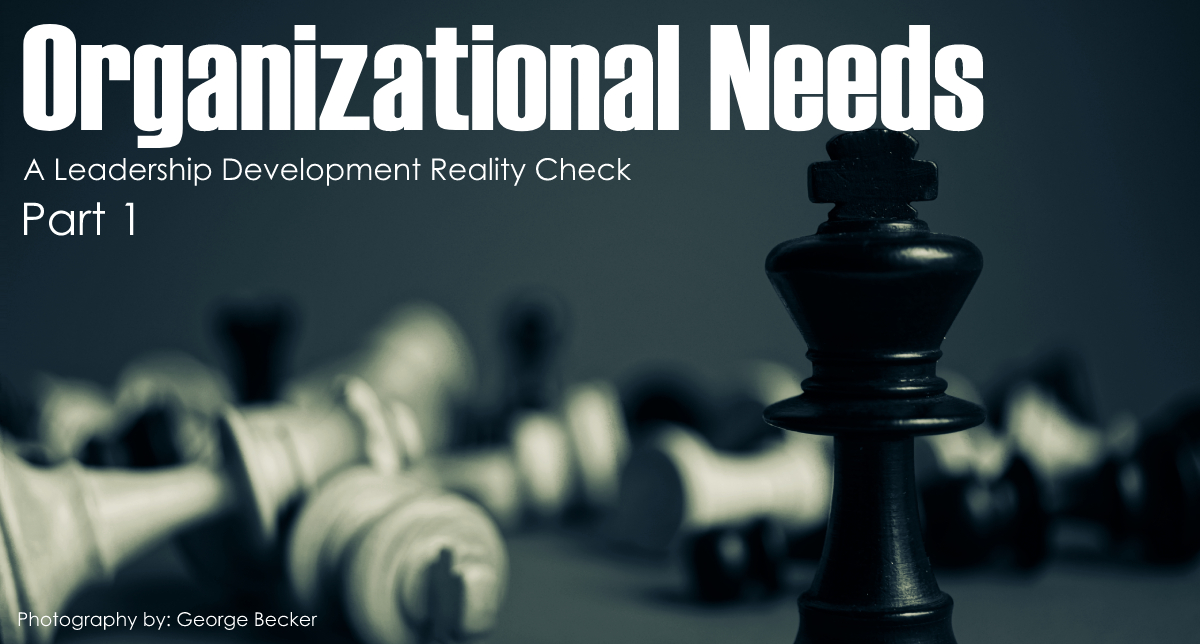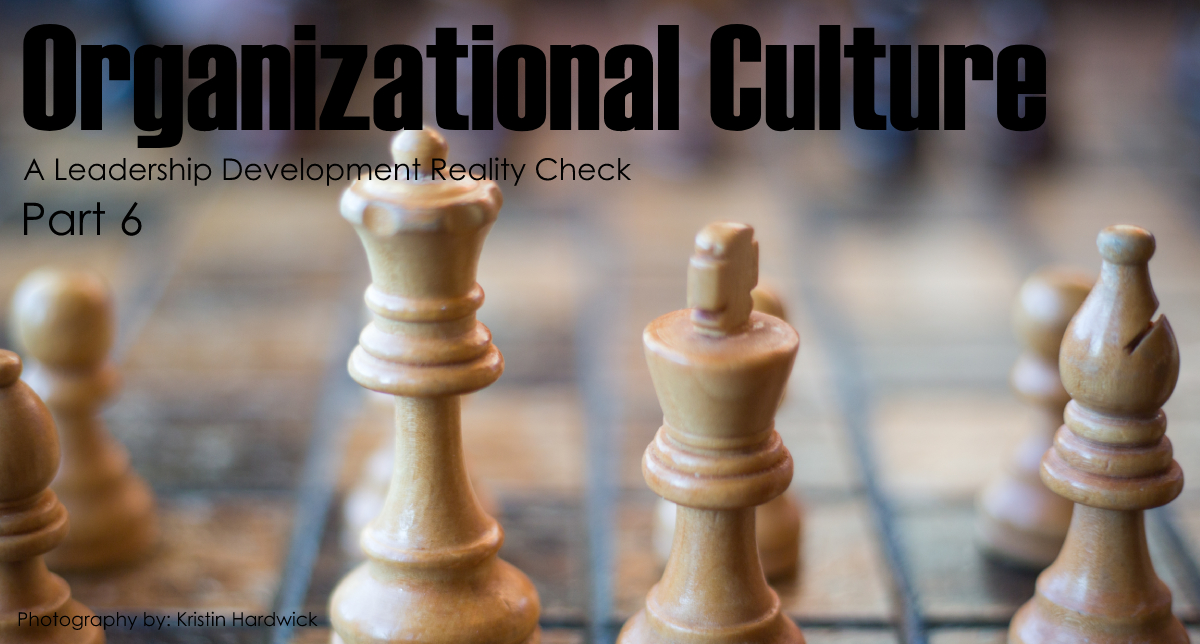
I need to start this by saying that I have a deep and personal appreciation for credit unions, having had several opportunities to interact with them over the years. As a long-time credit union member, I am always impressed by the ease and convenience of doing business. As a former marketing analyst at a major credit union in my state, I was impressed by their commitment to serving their members and their focus on community development. As a...

A Tool for Effective Communication and Employee Engagement Validation Exchange Theory is a leadership practice of organizational currency. It involves checking the validity and accuracy of something in exchange for recognition and affirmation of the worker, their efforts, feelings, and opinions. This practice can significantly improve organizational communication, goal traction, engagement, performance management, quality control, and...

As the economy continues to fluctuate, there is growing concern that the recession may deepen. In times of economic uncertainty, organizations often pull back on expenses such as marketing and training. However, when it comes to leadership development, cutting back can be a costly mistake. The warning here is to ensure that you hire a true leadership-educated professional for your development needs.Here are five reasons why investing in...

The Difference between Transformational and Pseudo-Transformational Leadership Transformational Leadership Leadership is a complex concept, with various styles and theorems that are better than others. Among these, transformational leadership stands out as the most promising, especially if effectiveness and validity are what we aim for. Transformational leadership is seen as a leadership approach that causes a change in individuals and social...

Part 1 - Organizational Needs There is a considerable amount of literature dedicated to organizational perspectives of leadership and organizational development. The bulk of published works tends to focus on the topic from the lens of various industries, individual organizations, or existing leadership within the organization. While these studies provide valuable insight into development and its potential barriers, they may not have examined...

Part 2 - The Reality of Leadership Development For organizations in the know, professional leadership development in both the public and private sectors has become a very popular endeavor (Edwards et al., 2015). Leadership development is often considered a strategic necessity for organizations that want to thrive in the rapidly changing and competitive business environment (Dalakoura, 2010). However, despite the need for strong leadership in...

Part 3 - Leadership Development Evaluations And Limitations There are a lot of question marks regarding development measurement. Perhaps there is a mismatch between the actual outcome of development and organizational expectations, or perhaps the knowledge of appropriate measurement is not well-known yet. Either way, there is a clear divide between what science knows and what is expected by many organizational leaders regarding development...

Part 4 – Hiring the Right Trainer – The Novice Factor The inability to effectively measure newer development models presents a strong and legitimate question of how an individual or organization can trust leadership and organizational development efforts and investments. Gaining the necessary trust requires a better understanding of the leadership industry and selecting the right professionals and development services. However, this task is...

Part 5 – Fundamental Confusion: Management Vs. Leadership Unfortunately, there are no universally accepted definitions for either leadership or management. Hundreds of definitions exist for both. However, leadership can be defined as a process of social influence that maximizes others' efforts toward achieving a goal (Kruse, 2013) or a series of complex interactions between the leader and stakeholders in the organizational environment...

Part 6 – Organizational Culture In this final installment, the discussion turns to organizational culture and toxicity. The issue is often circular because one problem feeds the next, which feeds the first. Similarly, the correction is found at both the beginning and the end. What follows is merely a demonstration of this circle, some of the overlap, the seemingly inevitable consequence, and a potential solution. In almost any setting,...








